Membrane windbreakers

A windbreaker is a short jacket for protection from the weather. Windbreakers were invented by fishermen, they sewed jackets from the remnants of tarred canvas, such clothes protected from wind, rain and splashing water, and were washed well. Sailor jackets had only one drawback - the fabric did not let air through and in warm weather it was unbearably hot in them. Subsequently, the windbreaker migrated from ships to land and became fashionable sportswear for French aristocrats. Windbreakers began to be sewn from raincoat fabric, nylon, polyester, and relatively recently a novelty appeared - membrane fabric.
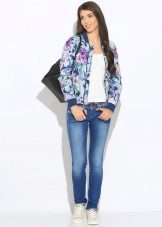
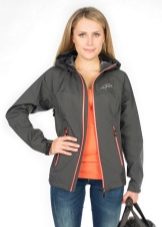
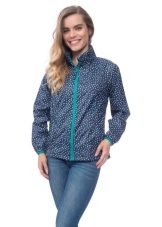
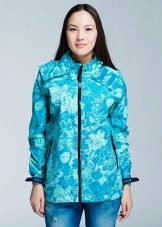
Membrane fabric - what is it
Membrane fabric is a material consisting of several layers, a membrane is attached to the upper, wear-resistant durable layer of the fabric, that is, a thin film coating, often an inner knitted layer is added for greater comfort. This fabric design allows you to combine protection from wind and rain, while remaining hygroscopic.
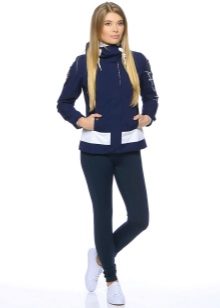
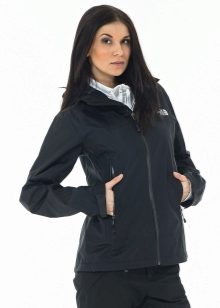
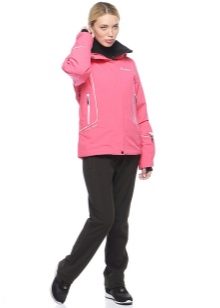
Membrane fabrics are porous, non-porous and combined. Porous fabric allows sweat droplets to pass through, but moisture and wind from the outside cannot penetrate into these pores, its disadvantage is that the pores can become clogged if the product is not properly cared for. Non-porous removes moisture to the outside in a diffusion way; combined membrane fabric consists of a waterproof top layer and porous fabric, its only drawback is the high price.


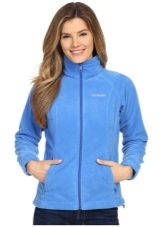
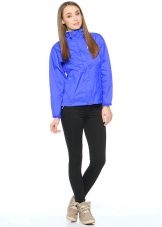
Windbreaker features
A jacket made of waterproof material is a practical and necessary thing in every wardrobe. Since the main function of the windbreaker is to protect against the vagaries of the weather, jackets have a hood with a fastener, cuffs or drawstrings on the sleeves and along the bottom of the product. The windbreaker should be compact so that you can roll it up and put it in your bag. Wash your membrane windbreaker only with special detergents for washing products made of membrane fabrics, this will help maintain its properties and appearance.
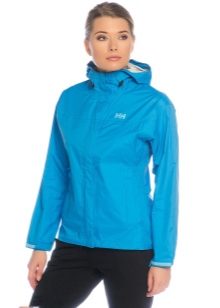
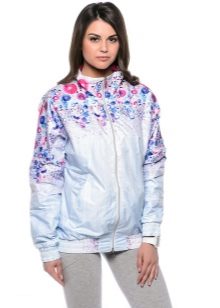
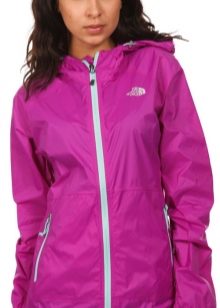
fashion models
When choosing a windbreaker, think about where you plan to wear it. Windbreakers for everyday wear differ in cut and decor from sports ones, and those, in turn, differ from jackets for tourism, hunting and fishing.
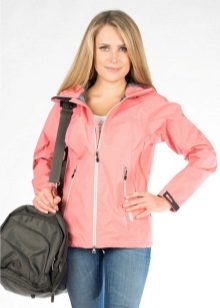
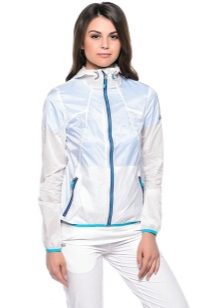
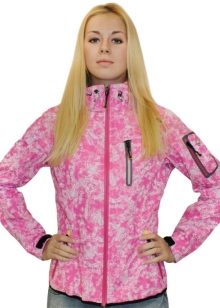
Sports windbreakers
Lightweight sports jackets feature a straight, wide fit, comfortable hip length, zip pockets and a hood. Most often, the bottom of sports windbreakers and their sleeves are decorated with knitted cuffs or cuffs with elastic bands. Sports windbreakers usually have bright colors: solid colors or a combination of several contrasting colors.
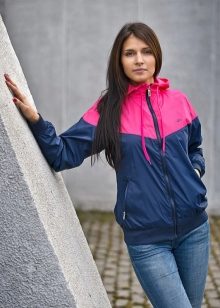


Casual windbreakers
Windbreakers for everyday wear can be fitted, designed like a jacket with a zipper or elongated with an elastic waistband. As for the color scheme, it can be varied, geometric, floral, abstract patterns are popular.
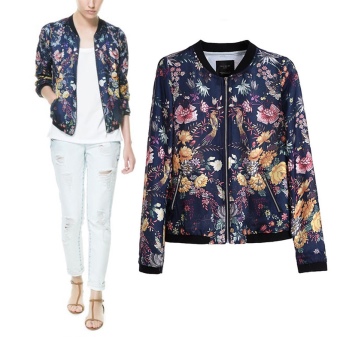

Windbreakers for tourism
Windbreakers for outdoor activities, fishing, hunting, tourism, have their own characteristics. As a rule, they are distinguished by functionality and convenience; they do not contain a single random and useless decor detail.Tourist windbreakers in khaki, khaki, black and other practical, non-marking colors are popular.


What to wear?
A sports cut windbreaker is combined with sports trousers, jeans, sports or coarse brutal shoes with thick soles. An elongated fitted raincoat windbreaker is quite acceptable to wear with a denim or leather skirt, and with trousers or jeans, this model is well suited for combination and allows you to create various looks.

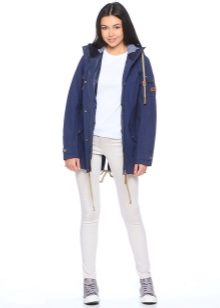
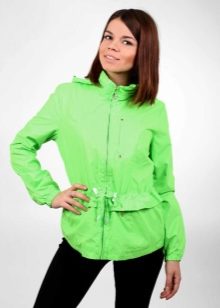
You should not combine a windbreaker with light shoes such as flip flops or sandals, this will create a dissonance between a closed top and shoes that are too light. Also try to avoid mixing in one set of a windbreaker and things related to the classic and business style, these things are from different operas and look ridiculous together.




























